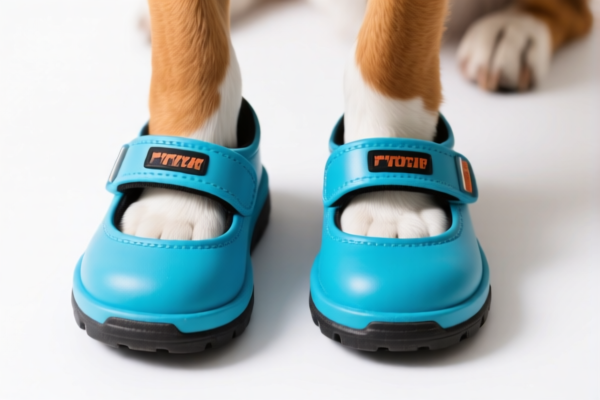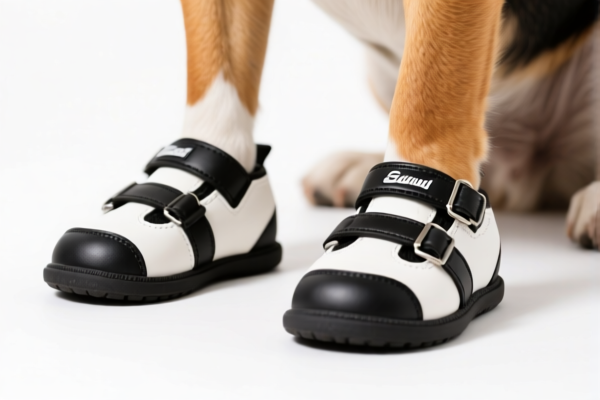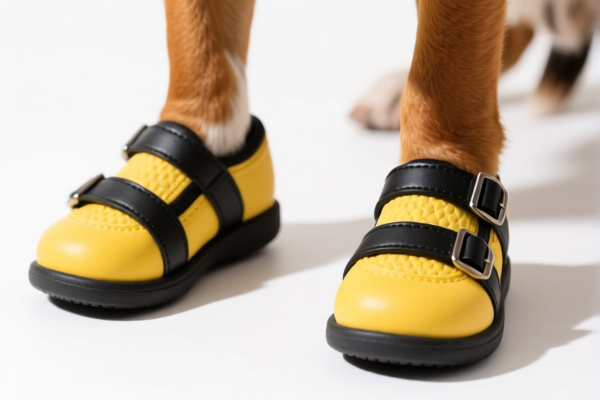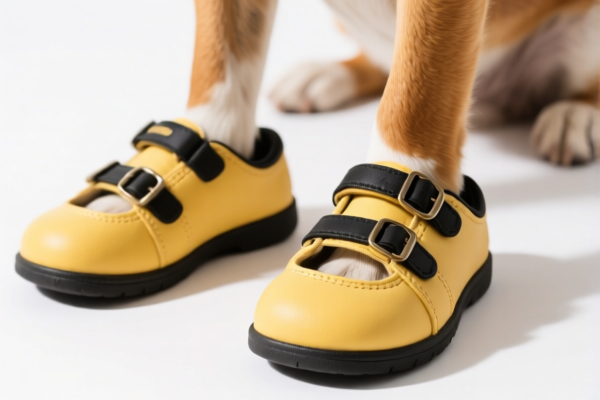| HS Code | Official Doc | Tariff Rate | Origin | Destination | Effective Date |
|---|---|---|---|---|---|
| 6405909060 | Doc | 42.5% | CN | US | 2025-05-12 |
| 6405209080 | Doc | 42.5% | CN | US | 2025-05-12 |
| 4016990500 | Doc | 40.9% | CN | US | 2025-05-12 |
| 4016992000 | Doc | 34.3% | CN | US | 2025-05-12 |
| 4015900050 | Doc | 59.0% | CN | US | 2025-05-12 |
| 4201003000 | Doc | 57.4% | CN | US | 2025-05-12 |
| 4201006000 | Doc | 57.8% | CN | US | 2025-05-12 |
| 4203406000 | Doc | 55.0% | CN | US | 2025-05-12 |
| 3926201010 | Doc | 30.0% | CN | US | 2025-05-12 |
| 4302196000 | Doc | 58.5% | CN | US | 2025-05-12 |
| 4302197500 | Doc | 56.7% | CN | US | 2025-05-12 |
| 4303900000 | Doc | 55.0% | CN | US | 2025-05-12 |
| 4303100060 | Doc | 59.0% | CN | US | 2025-05-12 |
| 4304000000 | Doc | 61.5% | CN | US | 2025-05-12 |




Dog shoes are protective coverings for a dog's paws, designed to shield them from various environmental hazards and physical discomfort.
Material
Dog shoes are constructed from a range of materials, each offering different levels of protection, durability, and comfort:
- Rubber: Provides excellent waterproofing and abrasion resistance. Commonly used for soles and often the entire shoe in more rugged designs.
- Nylon: Lightweight and breathable, often used for the upper portion of the shoe. Offers good flexibility.
- Polyester: Similar to nylon, offering breathability and water resistance.
- Leather: Durable and comfortable, providing a more natural feel. Typically used in higher-end or specialized shoes.
- Neoprene: Offers insulation and a snug fit, suitable for cold weather or sensitive paws.
- PVC: A synthetic plastic offering waterproofing and affordability.
Purpose
The primary purposes of dog shoes include:
- Protection from Extreme Temperatures: Shielding paws from hot pavement in summer and cold, icy conditions in winter.
- Injury Prevention: Protecting against sharp objects like glass, rocks, thorns, and ice melt chemicals.
- Allergy Relief: Preventing contact with allergens like pollen or grass.
- Post-Surgical Protection: Protecting wounds or bandages during recovery.
- Traction Enhancement: Providing better grip on slippery surfaces.
- Assistance for Dogs with Mobility Issues: Providing support and stability for dogs with arthritis or other paw conditions.
Function
Dog shoes function by creating a barrier between the paw and the environment. They typically feature:
- Secure Fastening System: Velcro straps, zippers, or elastic bands to ensure a snug and secure fit.
- Non-Slip Sole: Provides traction and prevents sliding.
- Durable Upper: Protects the paw from abrasion and punctures.
- Comfortable Interior: Minimizes rubbing and irritation.
- Adjustable Design: Allows for a customized fit.
Usage Scenarios
Dog shoes are used in a variety of situations:
- Walking on Hot Pavement: Preventing burns and discomfort.
- Hiking on Rough Terrain: Protecting paws from sharp rocks and thorns.
- Walking in Snow and Ice: Providing traction and preventing ice buildup.
- Urban Environments: Protecting paws from glass, chemicals, and debris.
- Post-Surgical Recovery: Protecting wounds and bandages.
- Rehabilitation: Assisting dogs with paw injuries or mobility issues.
Common Types
- Rubber Boot-Style Shoes: Offer full coverage and waterproofing, ideal for wet or snowy conditions.
- Nylon or Polyester Wrap-Style Shoes: Lightweight and breathable, suitable for everyday use and warmer weather.
- Leather Shoes: Durable and comfortable, often used for hiking or more demanding activities.
- Socks with Rubber Soles: Provide a lighter level of protection and are easy to put on and take off.
- Paw Wax/Balm: While not shoes, these products provide a protective coating for paws and can be used in conjunction with shoes.
Dog shoes fall under the category of footwear or articles for animals, and related accessories. Here are the relevant HS codes based on the provided reference material:
- 6405909060: This HS code covers “Other footwear: Other: Other Other”. This is a broad category for footwear not specifically classified elsewhere. It applies to dog shoes that don’t fall into more specific classifications. The total tax rate is 42.5%, comprised of a 12.5% base tariff, 0.0% additional tariff, and a 30.0% additional tariff effective after April 2, 2025.
- 4201003000: This HS code covers “Saddlery and harness for any animal (including traces, leads, knee pads, muzzles, saddle cloths, saddle bags, dog coats and the like), of any material: Dog leashes, collars, muzzles, harnesses and similar dog equipment”. While primarily for leashes and collars, it can include dog equipment like shoes, especially if they function similarly to harnesses. The total tax rate is 57.4%, comprised of a 2.4% base tariff, 25.0% additional tariff, and a 30.0% additional tariff effective after April 2, 2025.
- 4016990500: This HS code covers “Other articles of vulcanized rubber other than hard rubber: Other: Other: Household articles not elsewhere specified or included”. If the dog shoe is made of vulcanized rubber and considered a household article, this code may apply. The total tax rate is 40.9%, comprised of a 3.4% base tariff, 7.5% additional tariff, and a 30.0% additional tariff effective after April 2, 2025.
Regarding HS code 4201003000, please note that the classification of dog shoes as "similar dog equipment" may require verification by customs officials.
Customer Reviews
No reviews yet.